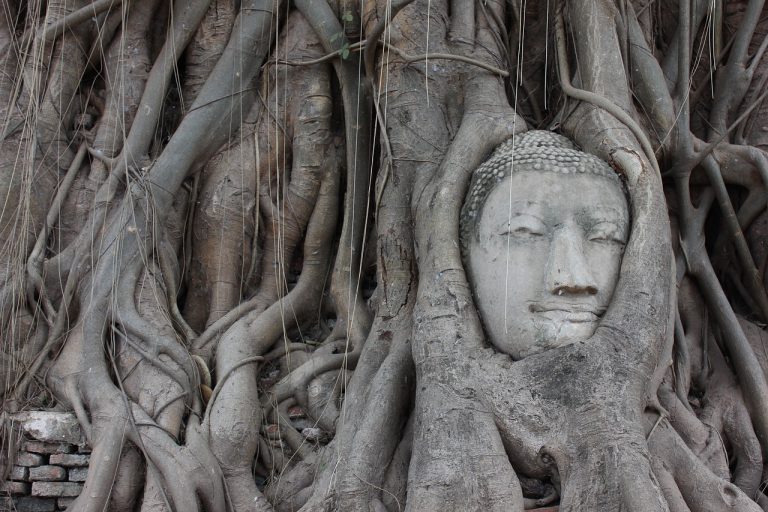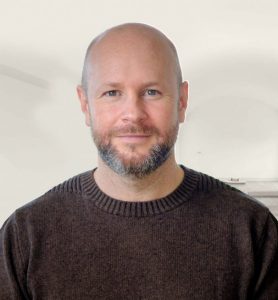how to use mindfulness for untangling anxiety
Untangling Anxiety.
Mindfulness is so helpful with this. Mindfulness allows us to see anxiety much more clearly. The challenge with anxiety (and all difficult emotions) is that we get really tangled up in them. It becomes a big combination of feelings and thoughts and experiences in the body and reactions. It’s a big confusing jumbled mess.
And with mindfulness practice, we become a little more used to stepping back and seeing the different parts of what makes up anxiety. And in that way, it helps us to soften the anxiety.
So, just to set the stage on this topic… when talking about how Mindfulness can help untangling anxiety, we are not really looking to overcome or suppress the anxiety. It’s more that we are trying to see the anxiety clearly and to live full vibrant lives, even with anxiety.
You may also be interested in my previous post:
Fear & Anxiety and how to understand the difference
So, let’s look at how we can unpack or untangle anxiety.
Normally, we just tend to feel “Oh, I’m really anxious”, or “I’m afraid.” And we want to avoid the thing that’s making us anxious. Therefore we feel that we could get rid of the anxiety by avoiding the thing that makes us anxious. And sometimes this is a good solution.
Sometimes it’s not a good solution though, and the danger is that the “avoiding” reflex leads us towards having narrower and narrower experiences. Where we live a life that is much less vibrant that we could.
How about a different strategy for untangling anxiety? It can be skillful to sometimes do the opposite! Instead of avoiding the anxiety, what if we moved towards it? To become curious about it and to really explore this experience of anxiety.
Even right now we could bring up a feeling of anxiety… and just have a look at it!
And we might find… that this thing we called anxiety is actually a label “anxiety” that we put on top of a whole range of different experiences.
If I become curious about it I may see that anxiety has loads of parts like:
Experiences in the Body
- Some kind of butterflies or tension in my stomach.
- Maybe a tightness in my throat. (By the way, these are different for everybody.)
- Maybe my speech gets faster.
- Or maybe I find it hard to speak.
- Or my breathing gets faster.
- Maybe my heart rate also….
I could see there are thoughts involved
- I could find i’m repeating “I can’t do this”.
- Or maybe “I don’t want to do this”
- Or maybe lots of critical thoughts about myself.
Actually, we find that anxiety is made up of a lot of these different things. And with mindfulness practice, we become able to see them more clearly. What’s interesting is that the more intimately we get to know anxiety, the less of a hold it has over us.
I remember the first time I was asked to speak about MIndfulness in front of my own staff (I was a Secondary School teacher for 13 years).
I really wasn’t that comfortable with it. In hindsight, I should have found a way of not doing it. There was really no need. But at the time, I was agreeable, and I agreed!
And so I found myself for a few weeks before the event being really anxious about it.
Here’s how I worked with that.
So every time I noticed anxiety coming up, I was careful with my language, with my thoughts. I’d say, “ah, here’s anxiety.” Instead of “I’m anxious”. That small shift alone gives a feeling of perspective, or being able to stand back to see something, as opposed to being tangled up in something.
The anxiety would usually come up while I was in school teaching. And if I could, I’d pause for a moment, maybe just lean against a windowsill, or look out the window. Nobody notices these little breaks by the way. And I’d look inwards to see what was happening.
Here’s what I would usually notice and how I would describe it:
“I’m getting that sort of butterflies in my stomach. There it is. And I have a slight tightness in my throat. Oh, and I’m imagining things going really badly.
I’d take in the experience and then say “Okay, fair enough, I see you. Okay, that’s fine. And then I’d just continue on with my day!
So, each time the anxiety would come up, I do that little pause and notice it . Anxiety was still coming up right until I was due to speak. But because it was so familiar it had very little hold on me.
That’s the interesting thing with anxiety. It’s all about anticipating a problem in the future. Actually, when I came to the event, the anxiety was no worse. It was the exact same thing I’d experienced 30 times before in the previous weeks. So there it is, okay, that’s fine. I have my feet on the floor. I’m feeling steady. There’s anxiety there. But I’m going to speak anyway.
We become able to notice anxiety and stop always feeling we have to avoid the things that cause it. We just treat it as something familiar, as just a part of life.
Just to leave you with a summary… it’s great to familiarise ourselves with the experience of anxiety. To be curious about it. To get used to it.
Pushing away and fighting with anxiety doesn’t really help. It works better to have a much softer, much gentler approach to it. We don’t need to get rid of anxiety. It’s really more about opening up to the possibility of living really well, even with anxiety.
Until next time…
Keith




